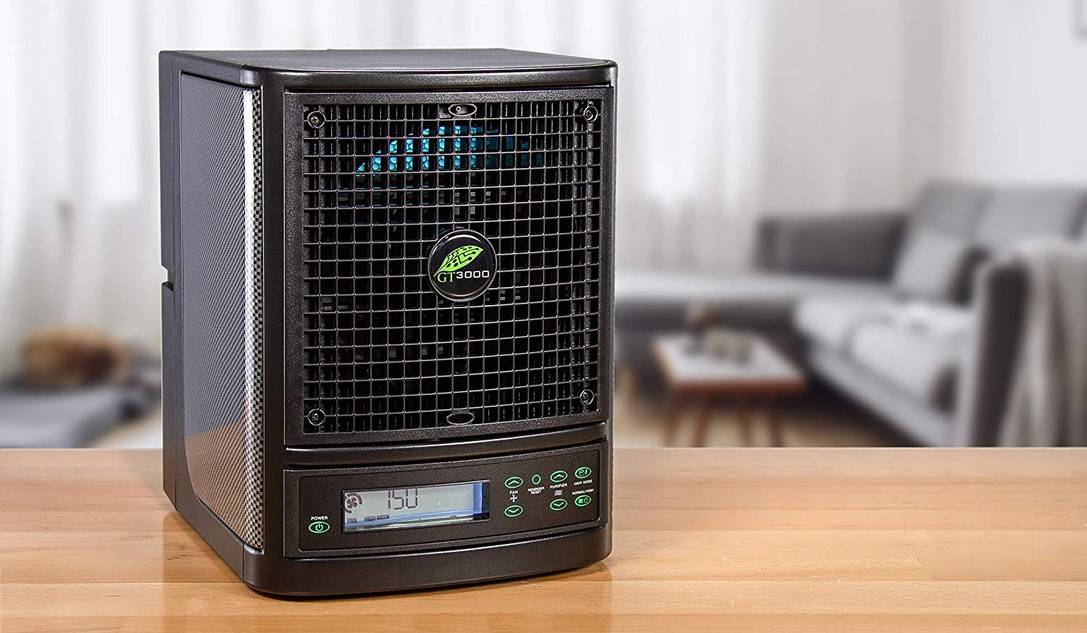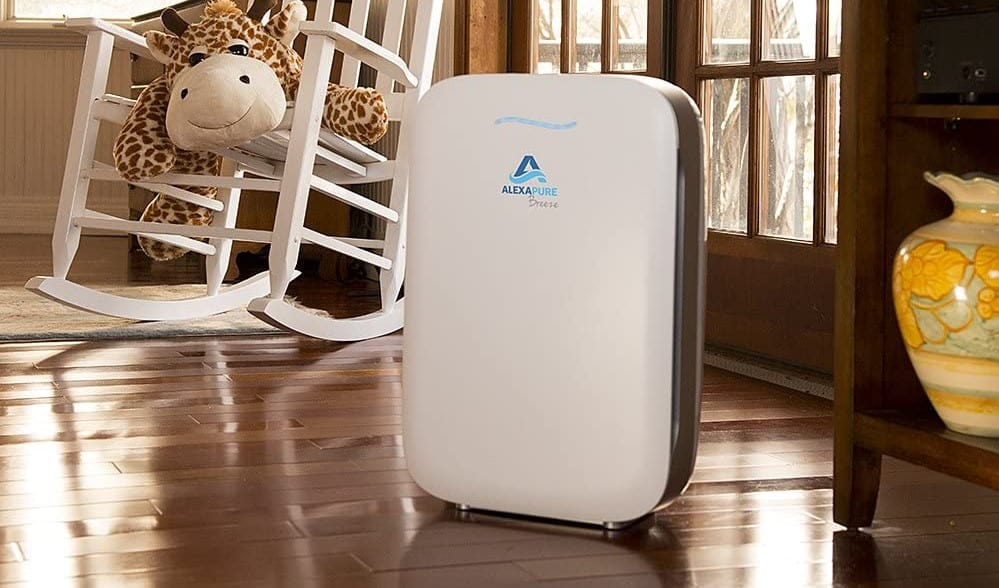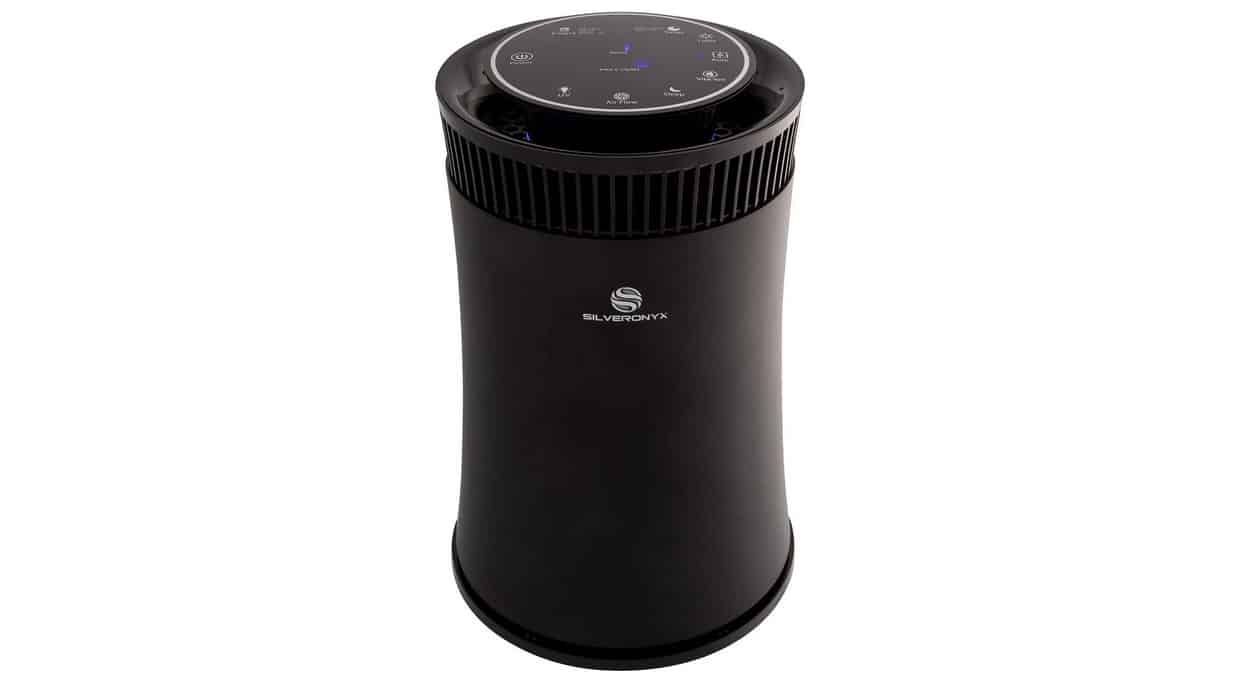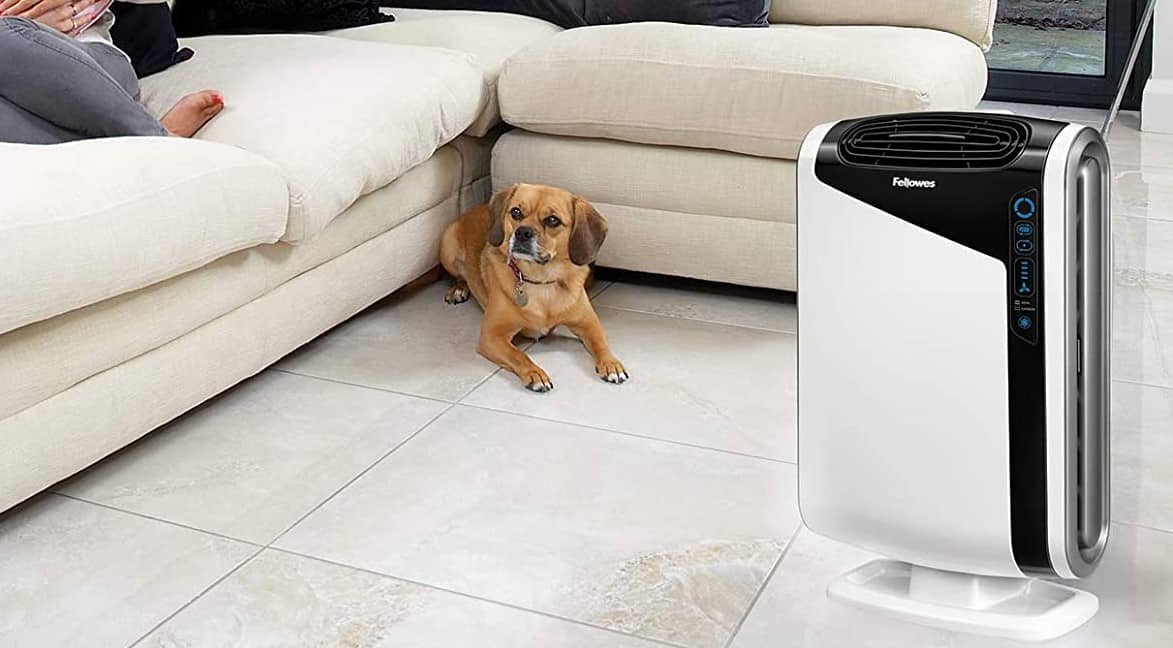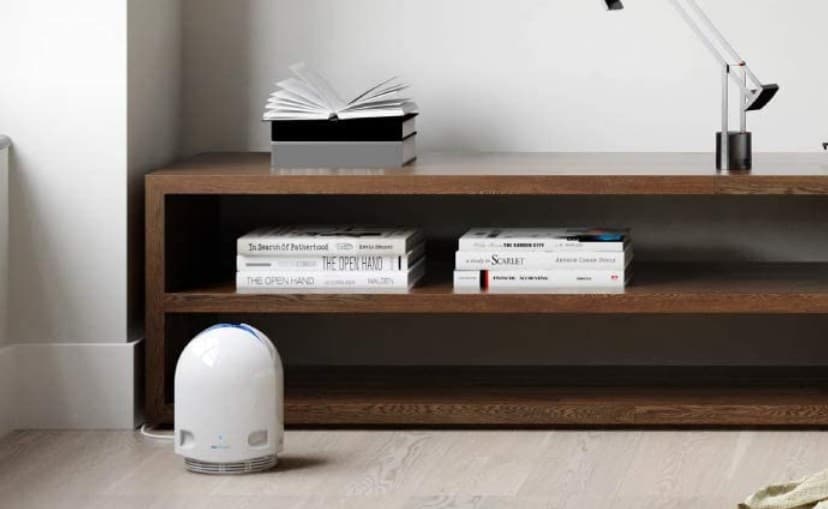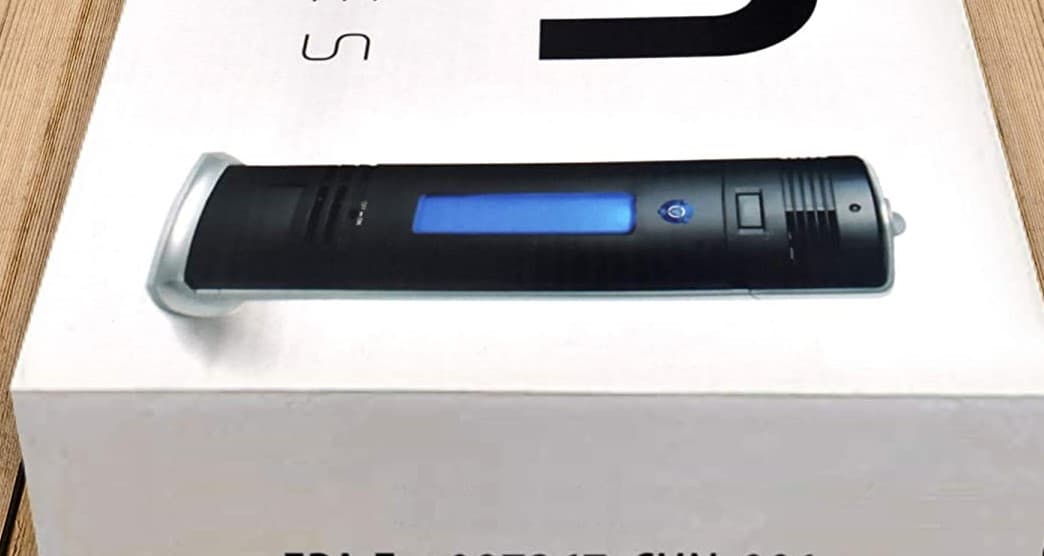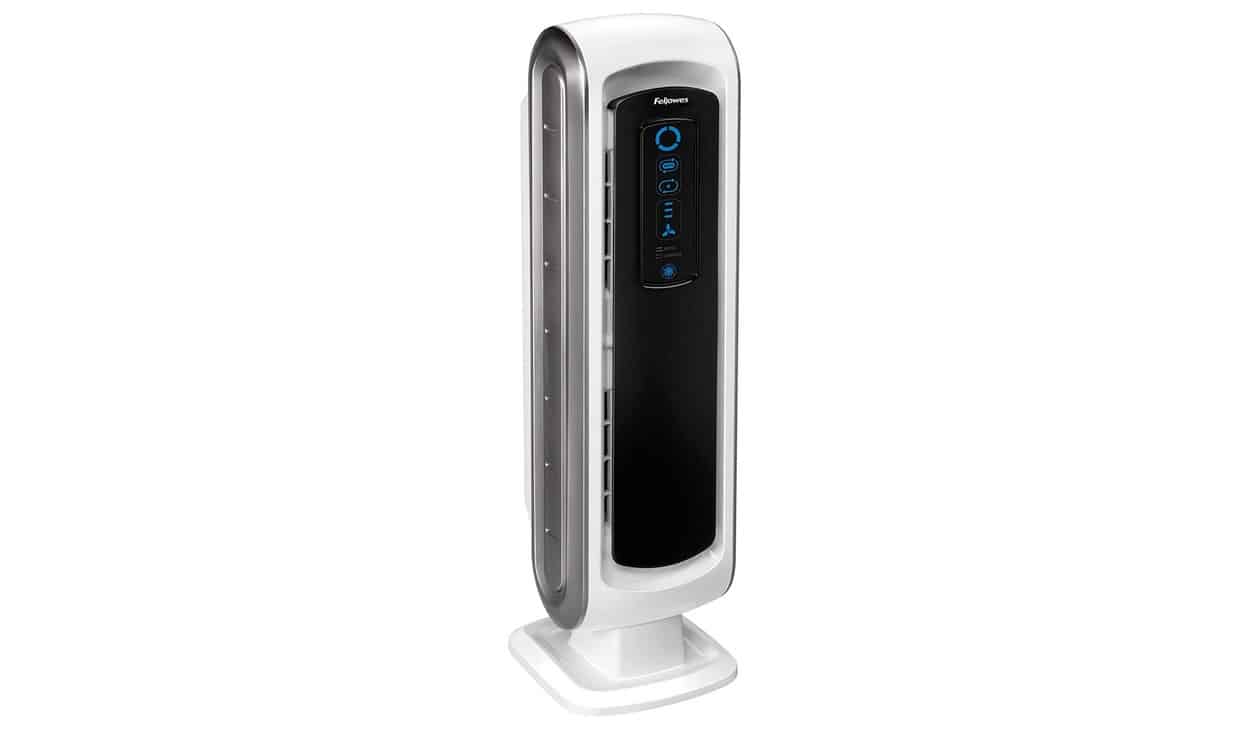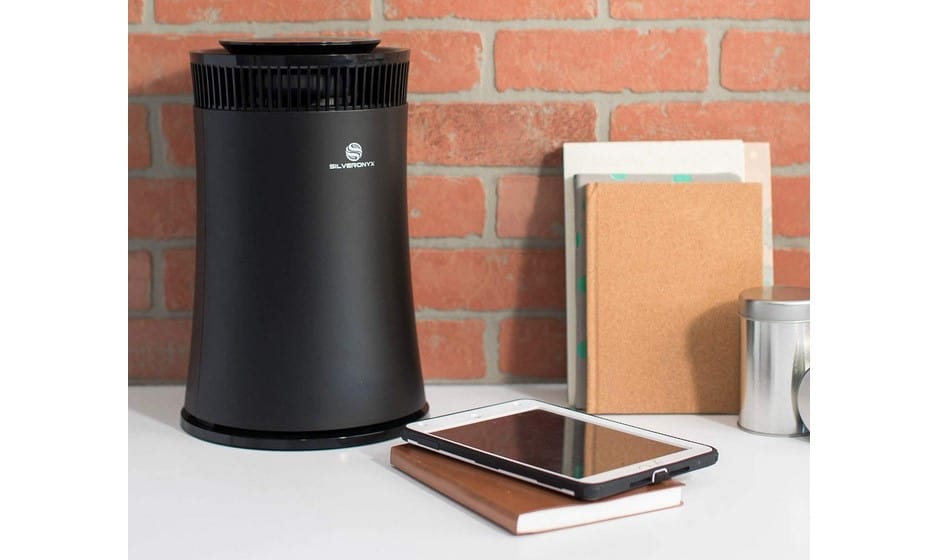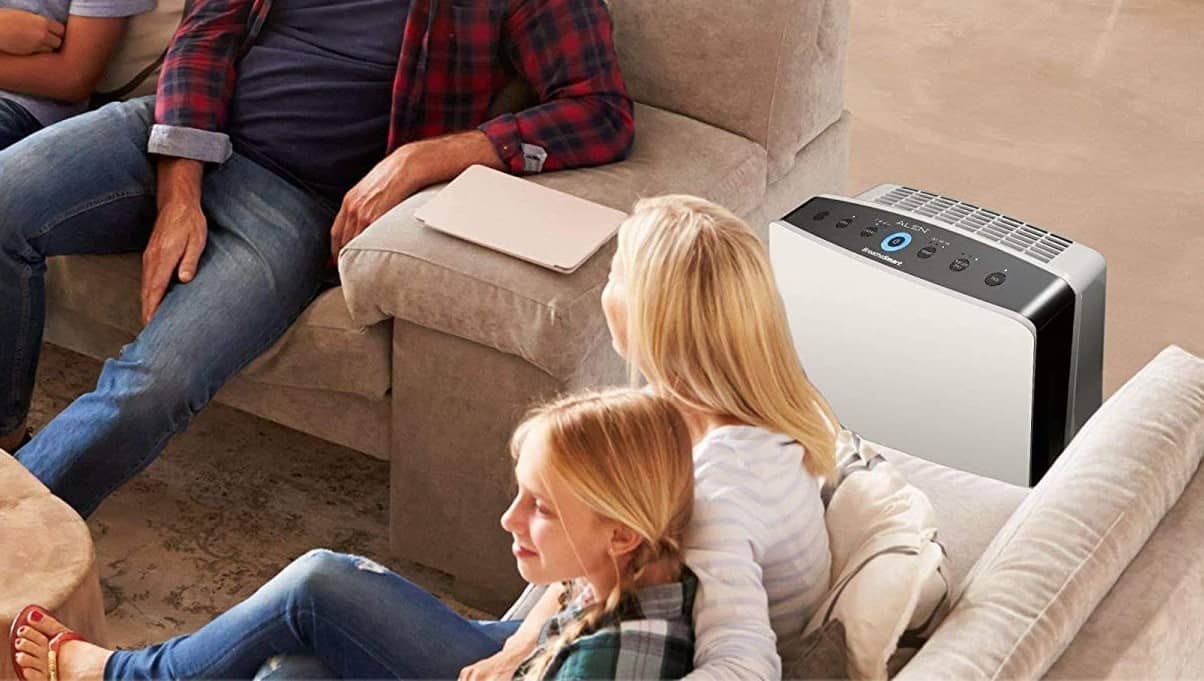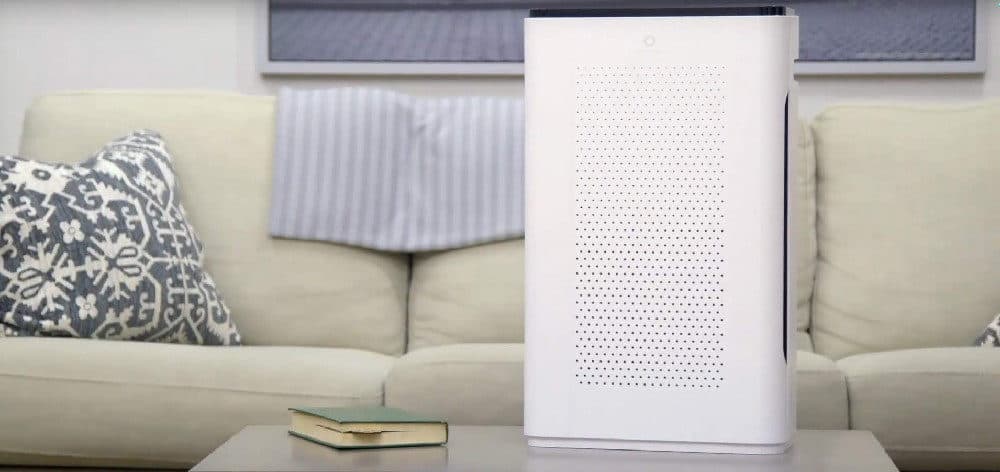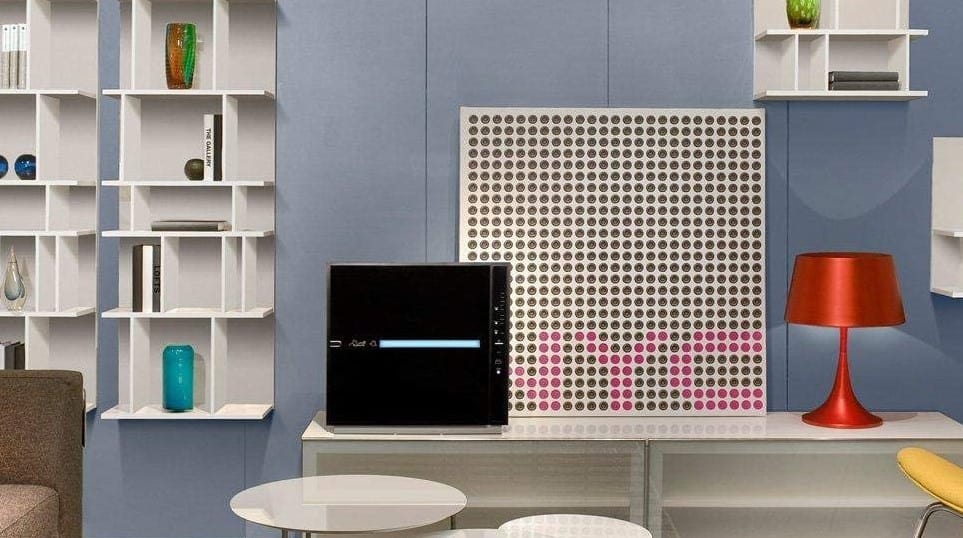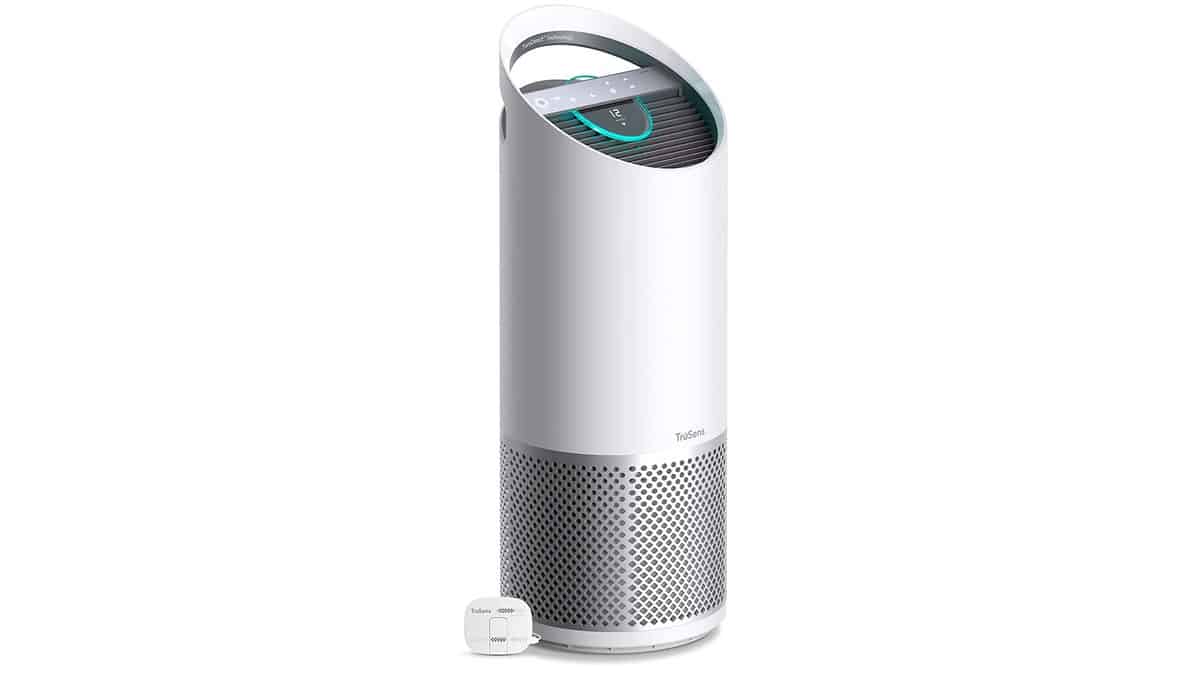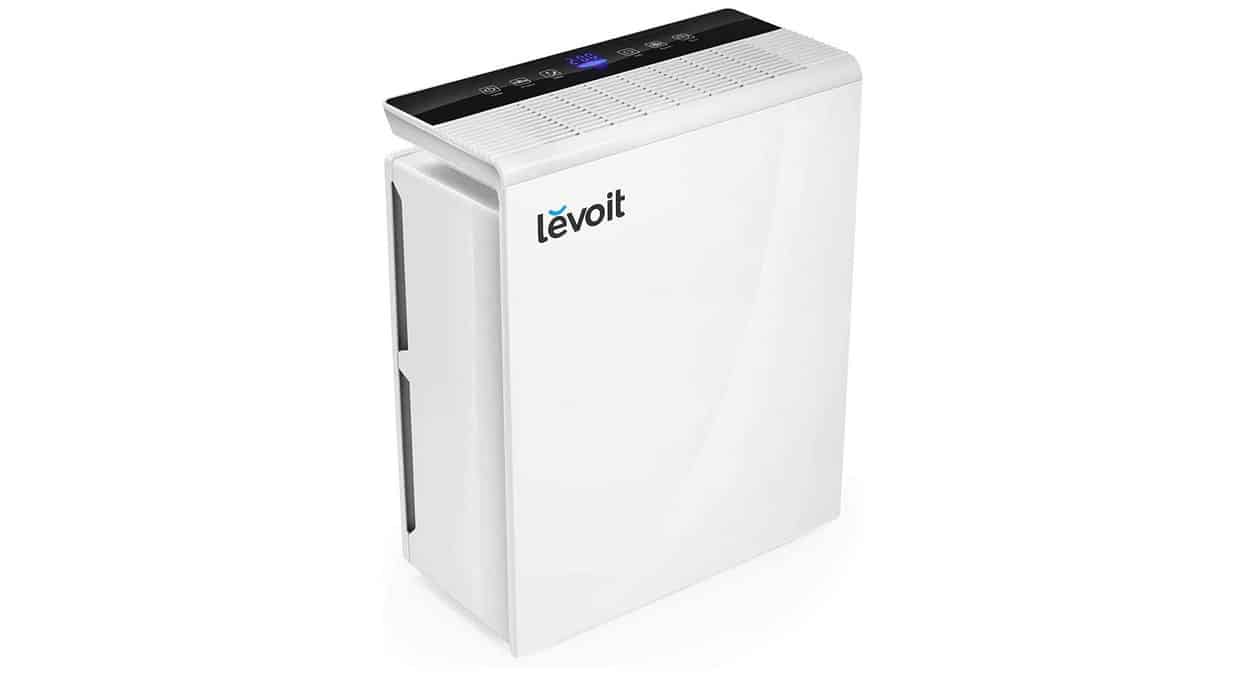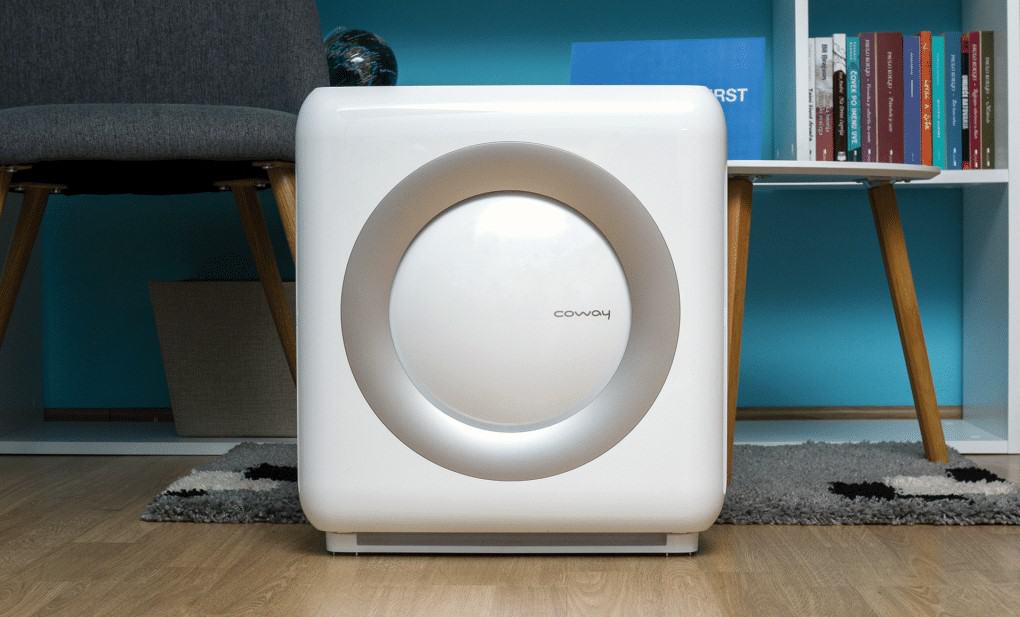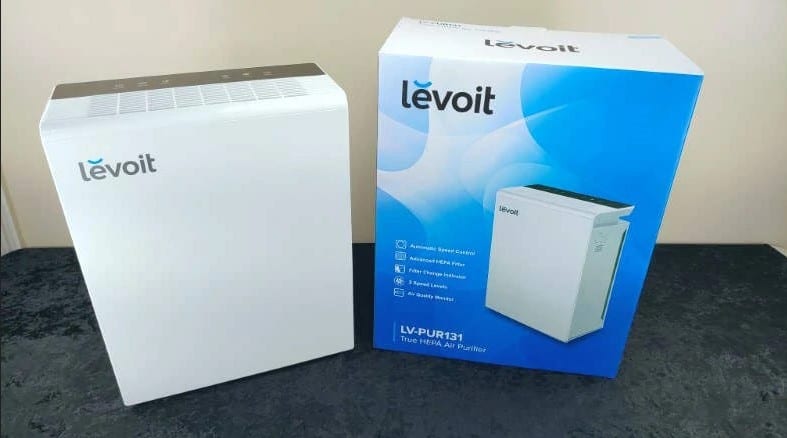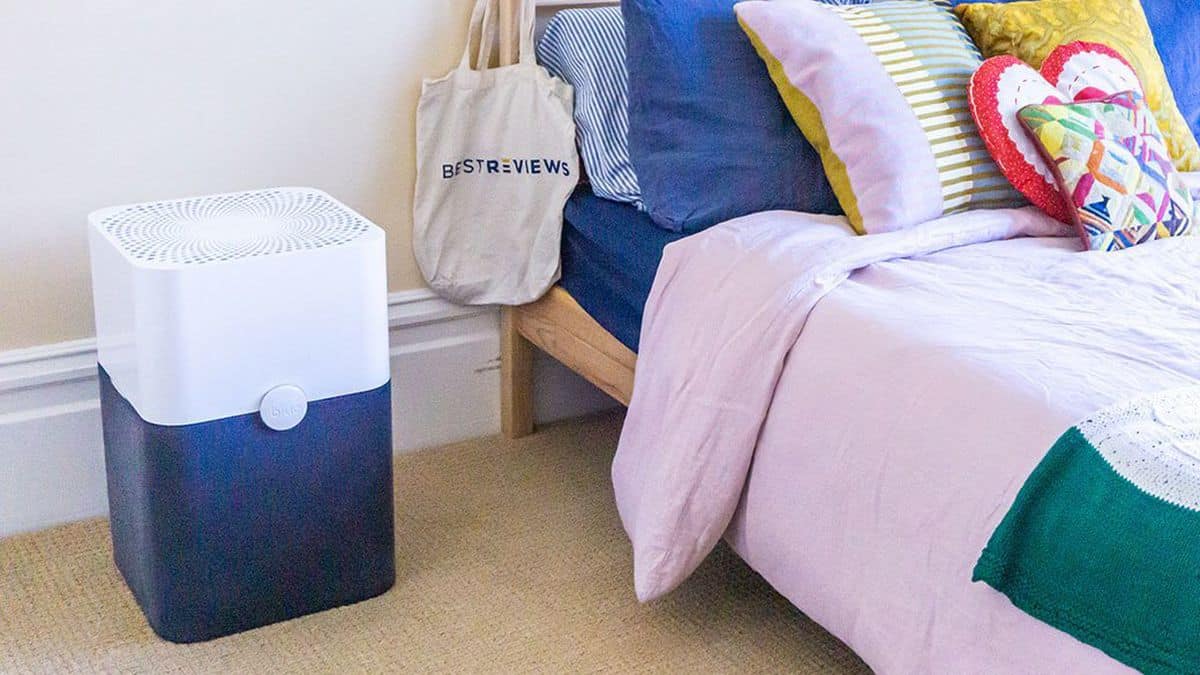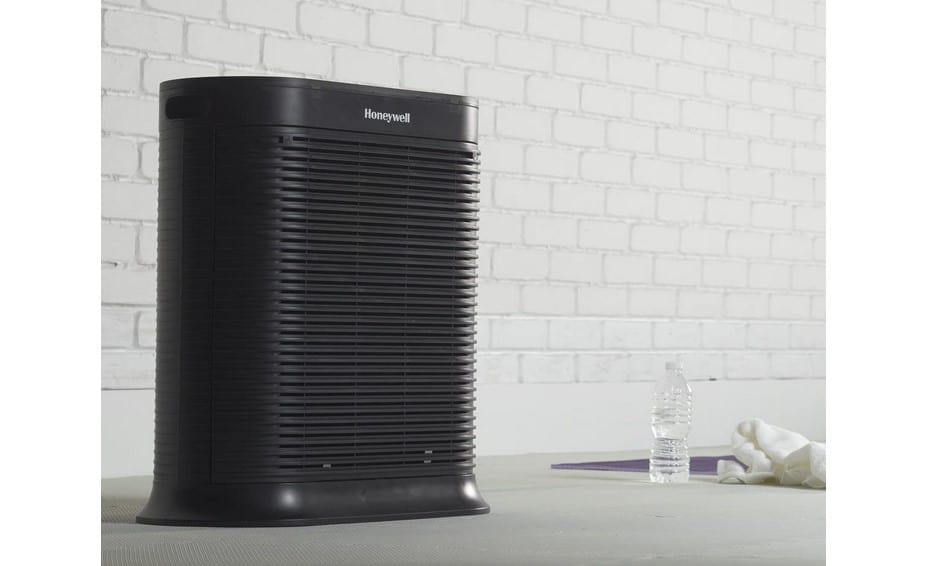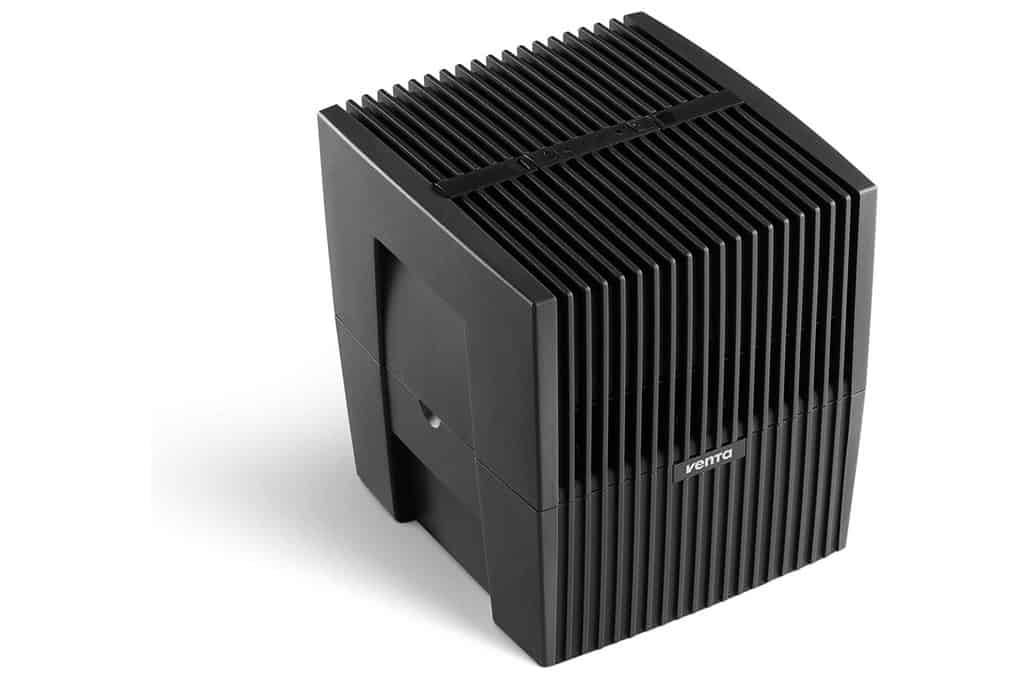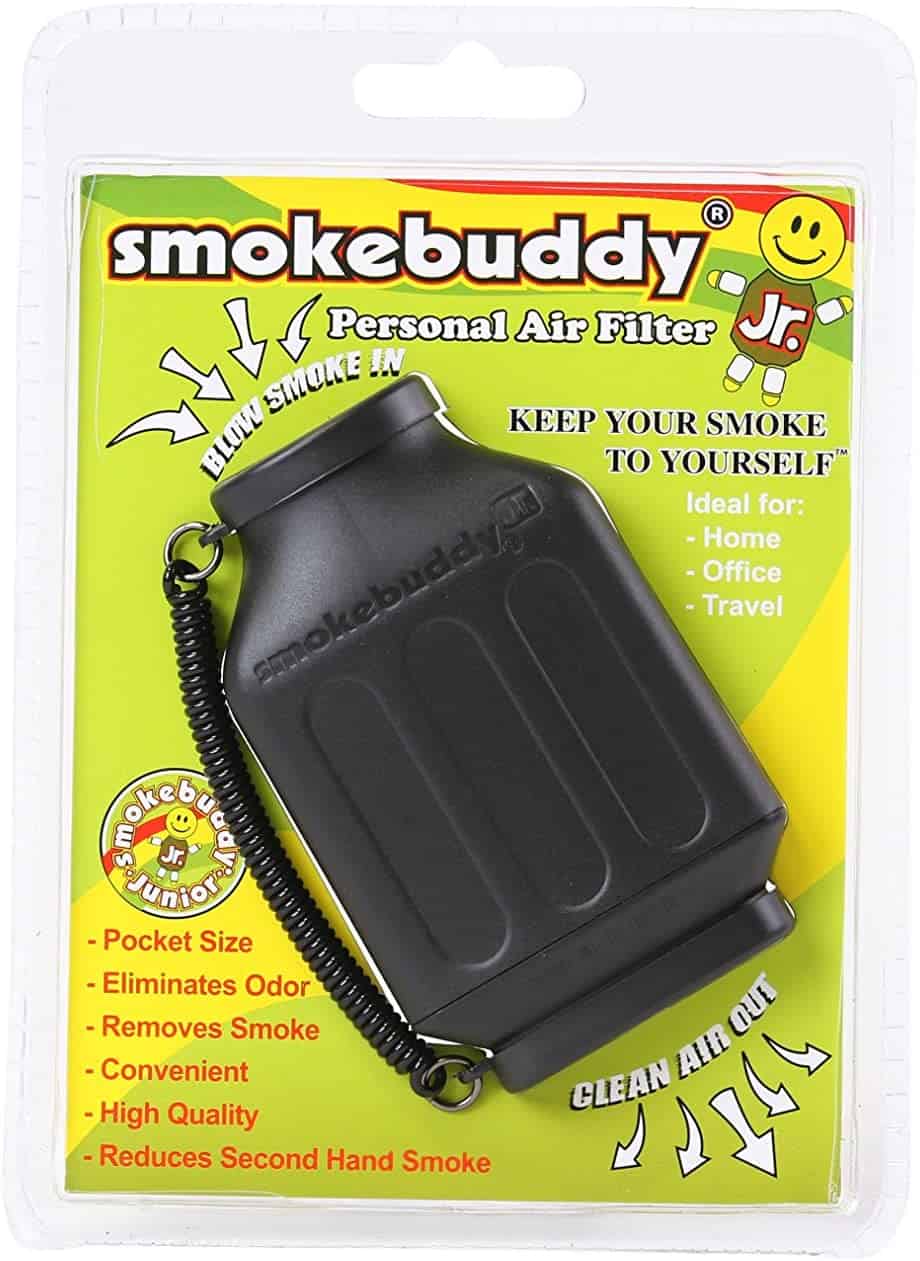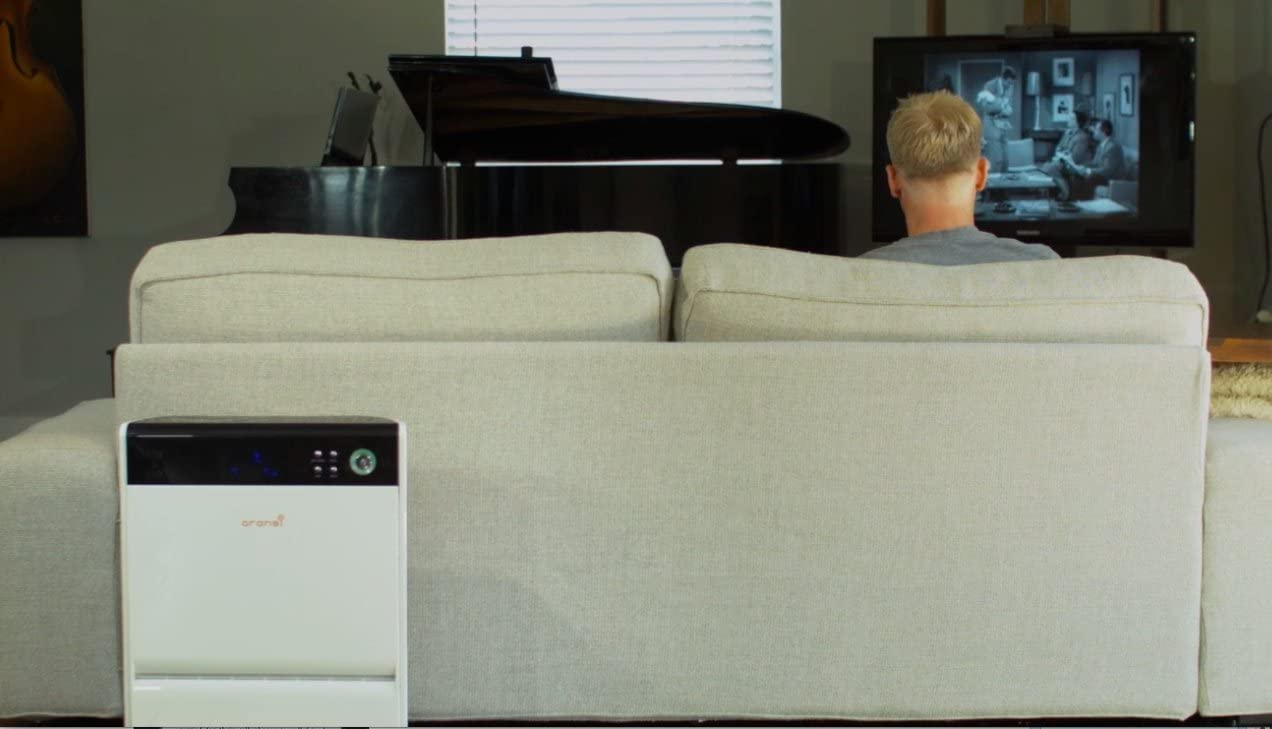Consumers searching for the best air purifier may wonder which is better: electrostatic air purifier vs. HEPA-based. HEPA air purifiers typically offer more filtration at a higher speed than electrostatic purifiers. However, the two combined results in further particulate matter reduction. To avoid confusion when buying an air purifier, you can find more information about each type of air cleaner below, including electrostatic precipitator vs. ionizing air purifier. A HEPA filter also has a higher first-pass efficiency rate than its electrostatic counterpart, providing 87-99% efficiency the first time the air moves through it.
KEY TAKEAWAYS:
- Electrostatic air purifiers assign electrostatic charges to organic compounds in the air.
- HEPA-based cleaners trap particles along the fibers of the air filter.
- HEPA filters combined with an electrostatic air purifier result in the lowest concentration of particulate matter.
HEPA vs. Electrostatic Air Purifiers
Both HEPA and electrostatic air purifiers remove particles from the air, but their processes for eliminating them vary significantly. While HEPA filters catch particles using filter materials, electrostatic air purifiers trap charged particles. HEPA purifiers are typically believed to be the most efficient air purifier, though a HEPA and electrostatic air cleaner may improve indoor air quality even more. People must understand the difference between electronic air cleaner vs. filters to understand which is better, so read on to find out more.
Insider Tip
A HEPA filter cleans the air at a faster rate, making it more efficient.
Electrostatic Air Purifiers Efficiency
Two types of electrostatic air purifiers exist, including ionizers (or ionic air purifiers) and electrostatic precipitators. Both of these devices charge the airborne particles around them, assigning them an electrical charge. Unfortunately, the particles around an ionizer have no filter or collection plate to attach to, causing them to stick to whatever is around. Some of these pollutants stick to the walls or carpet, but others may stick to your clothing and make it into your system. Even electrostatic precipitators require multiple passes to eliminate particles since they only have a 60-80% efficiency rate the first time.
Electrostatic precipitators to Improve Indoor Air Quality
Of the two types of electronic air purifiers, electrostatic precipitators work better for removing particulates than ionizers. After applying a positive or negative charge to the particle, the plates of the electrostatic precipitators attract the allergens, mold spores, dust particles, or other pollutants with the opposite charge, cleaning them out of the air. These devices could reduce the concentration of particles that can cause health issues by 99%, but they take longer than a HEPA filter to do it. In addition, electrostatic precipitator plates can be cleaned instead of replaced.
What is a HEPA filter?
The premier air filter consists of high-efficiency particulate air filters inside an air purifier, and they can eliminate large amounts of pollutants in little time. These air purifiers rely on the HEPA filter to filter out 99.97% of particles 0.3 microns in size or larger. Like the electrostatic precipitator, the HEPA filter can eliminate the causes of allergy and asthma symptoms. However, unlike an electrostatic precipitator, they do not generate ozone, which is a toxic element. Get more info with our H13 HEPA vs True HEPA filter and air filter vs air purifier mashup.
HEPA-type and True HEPA
Some filters that do not pass the required tests still end up in air purifier models sold to the public. This filter model does not eliminate the 99.97% reduction test and, therefore, likely is not as good as a HEPA, or “true” HEPA, filter. A HEPA filter is a type of pleated filter that eliminates airborne pollutants, but it cannot eradicate gaseous pollutants as an activated carbon filter would. Additionally, these typically are not reusable filters, requiring replacements every year. However, some HEPA-based air purifiers feature a washable filter.
Warning
Electrostatic air purifiers produce small amounts of ozone, toxic if you do not ventilate the room.
F.A.Q.
Do electrostatic air filters work?
Electrostatic filters can reduce the indoor pollutants in your room by up to 99%. However, they will require more time to do so than a HEPA filter would.
Which filter type Is best for your home?
It depends on what you are looking to improve. For example, if you want to reduce particulate matter in the air, you should consider a HEPA filter or another air purifier that uses HEPA and another technique. If you wish to eliminate odors, you should consider an activated carbon filter or one that combines activated carbon with other technology.
Should you use an ionic or HEPA air purifier?
Ionic air purifiers charge particles in the air, causing them to stick to a nearby surface. Additionally, they produce small levels of ozone as they work. A HEPA air purifier should eliminate most of the particles in the air, as long as it is actually HEPA and not “HEPA-type” or “HEPA-style.”
STAT: Electrostatic Air Purifiers have a 60-80 percent first-pass efficiency rate and require a longer amount of time to improve your indoor air quality. (source)
REFERENCES:
- https://alen.com/pages/hepa-air-purifiers-are-more-effective-than-electrostatic-air-purifiers
- https://www.epa.gov/sites/default/files/2014-07/documents/aircleaners.pdf
- https://www.epa.gov/air-emissions-monitoring-knowledge-base/monitoring-control-technique-electrostatic-precipitatorsr
- https://www.epa.gov/indoor-air-quality-iaq/what-hepa-filter-1
- https://en.wikipedia.org/wiki/HEPA

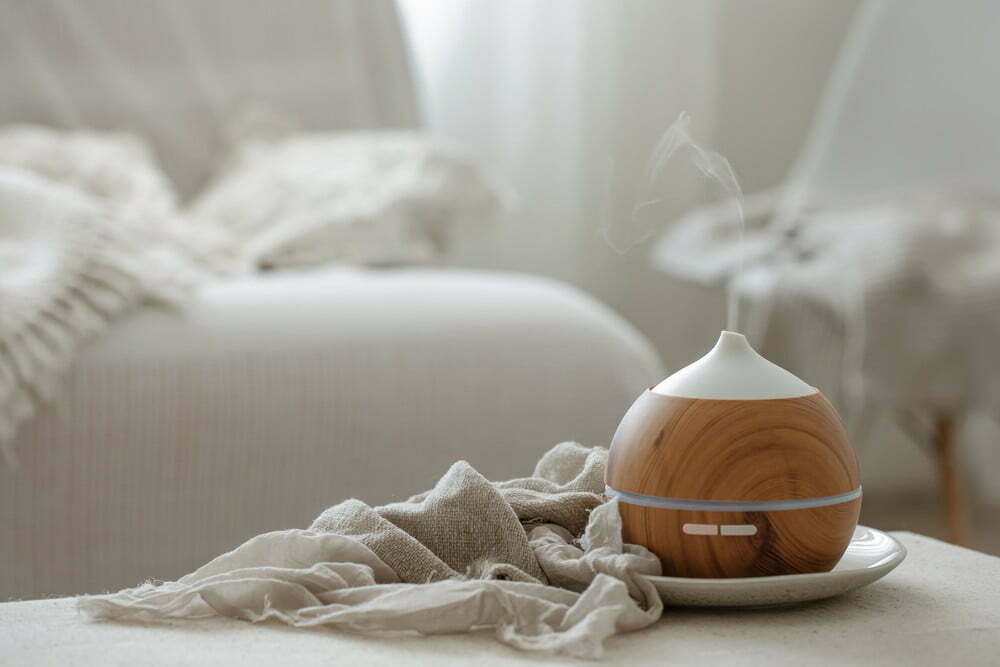













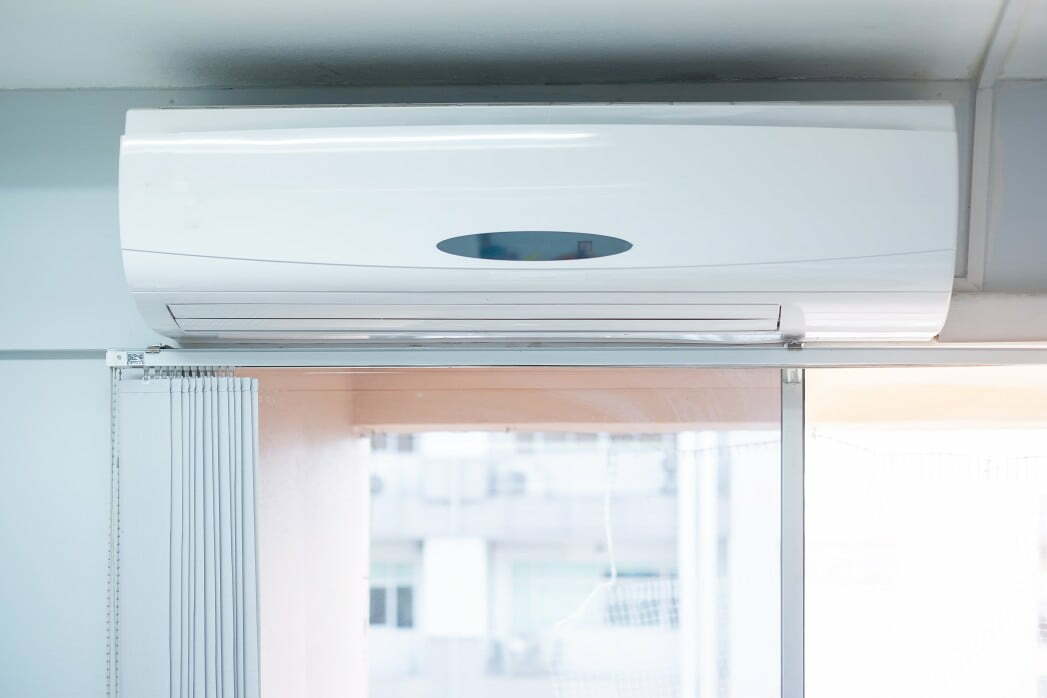
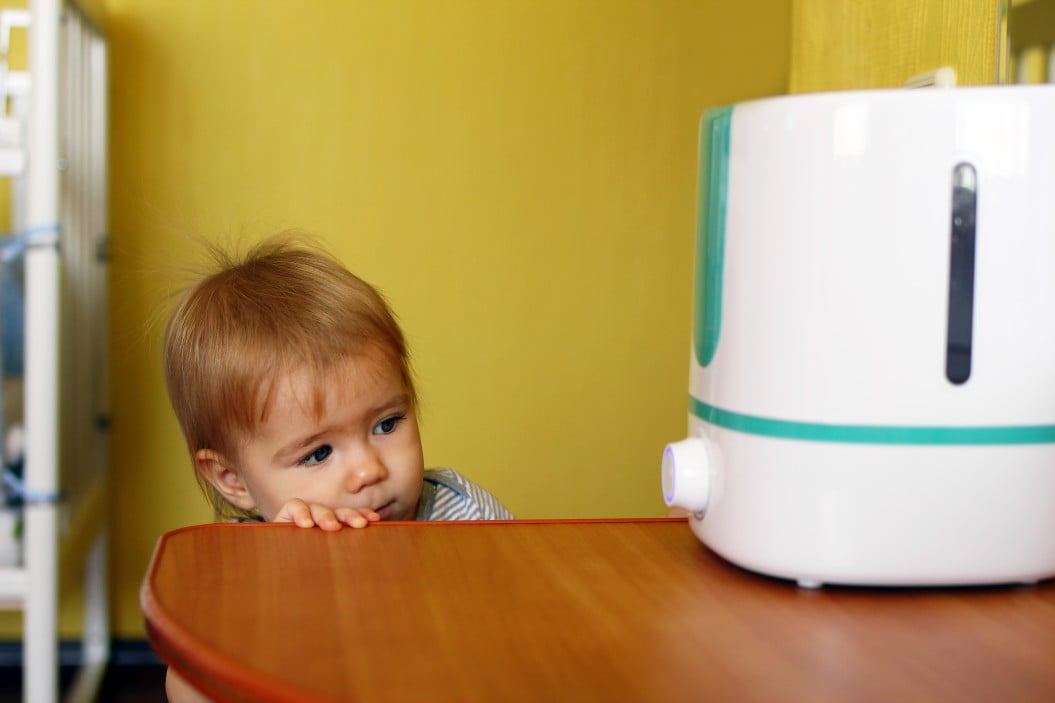
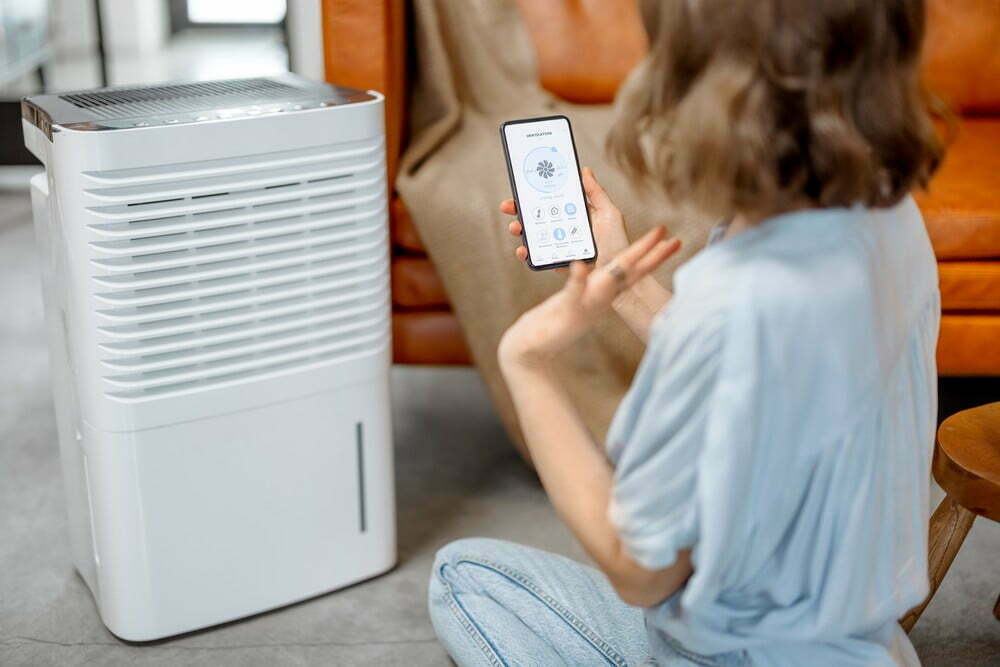
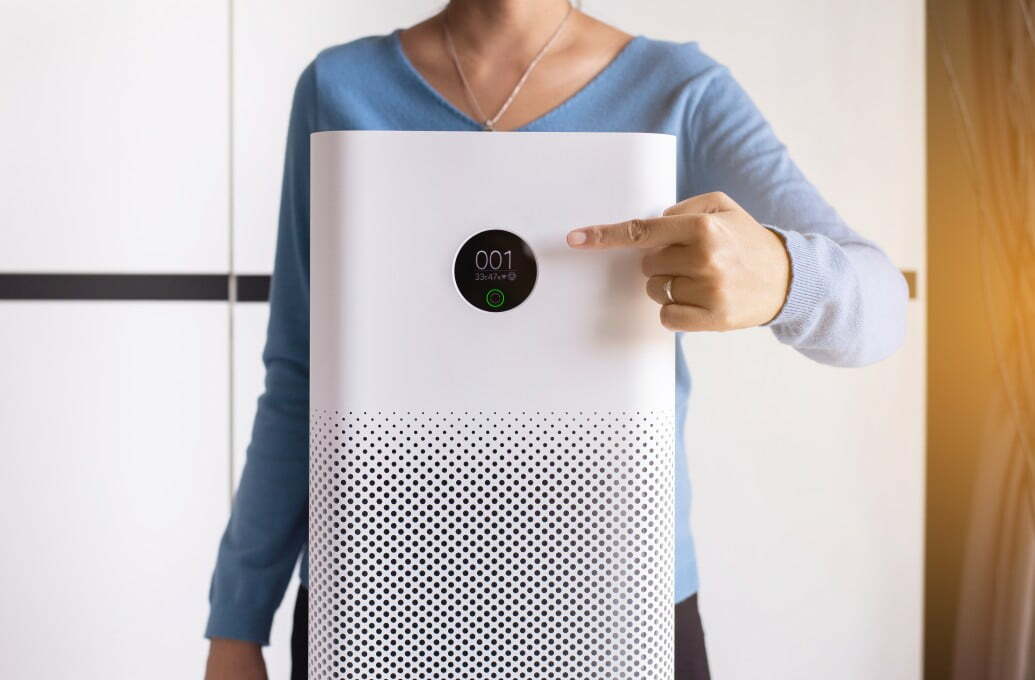
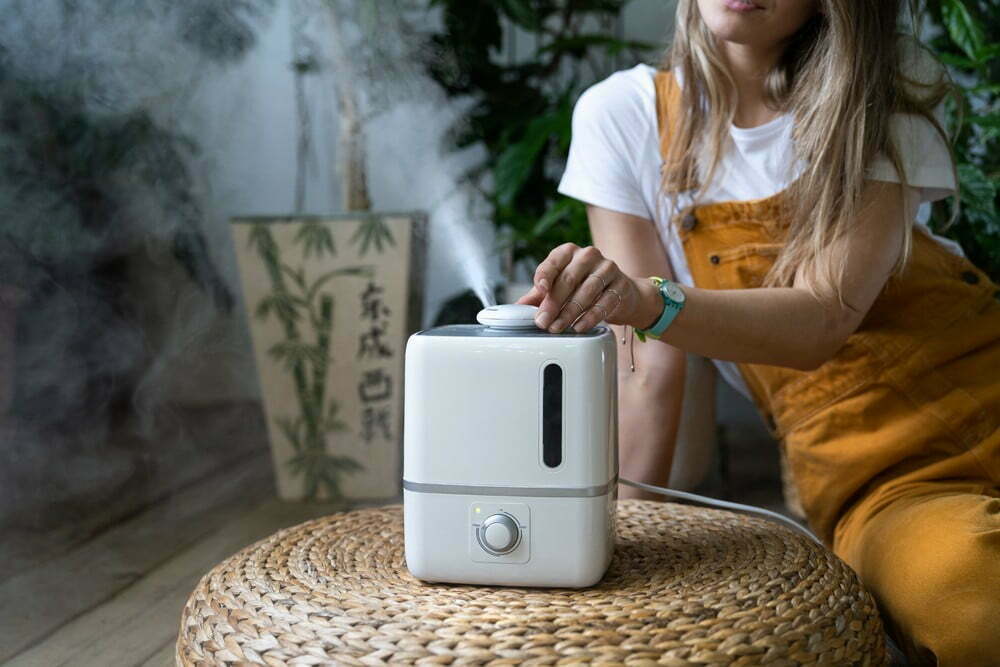


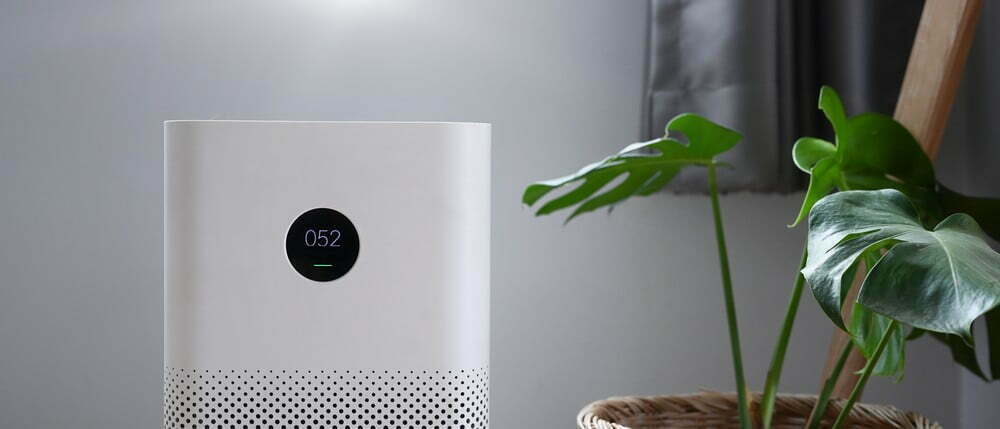
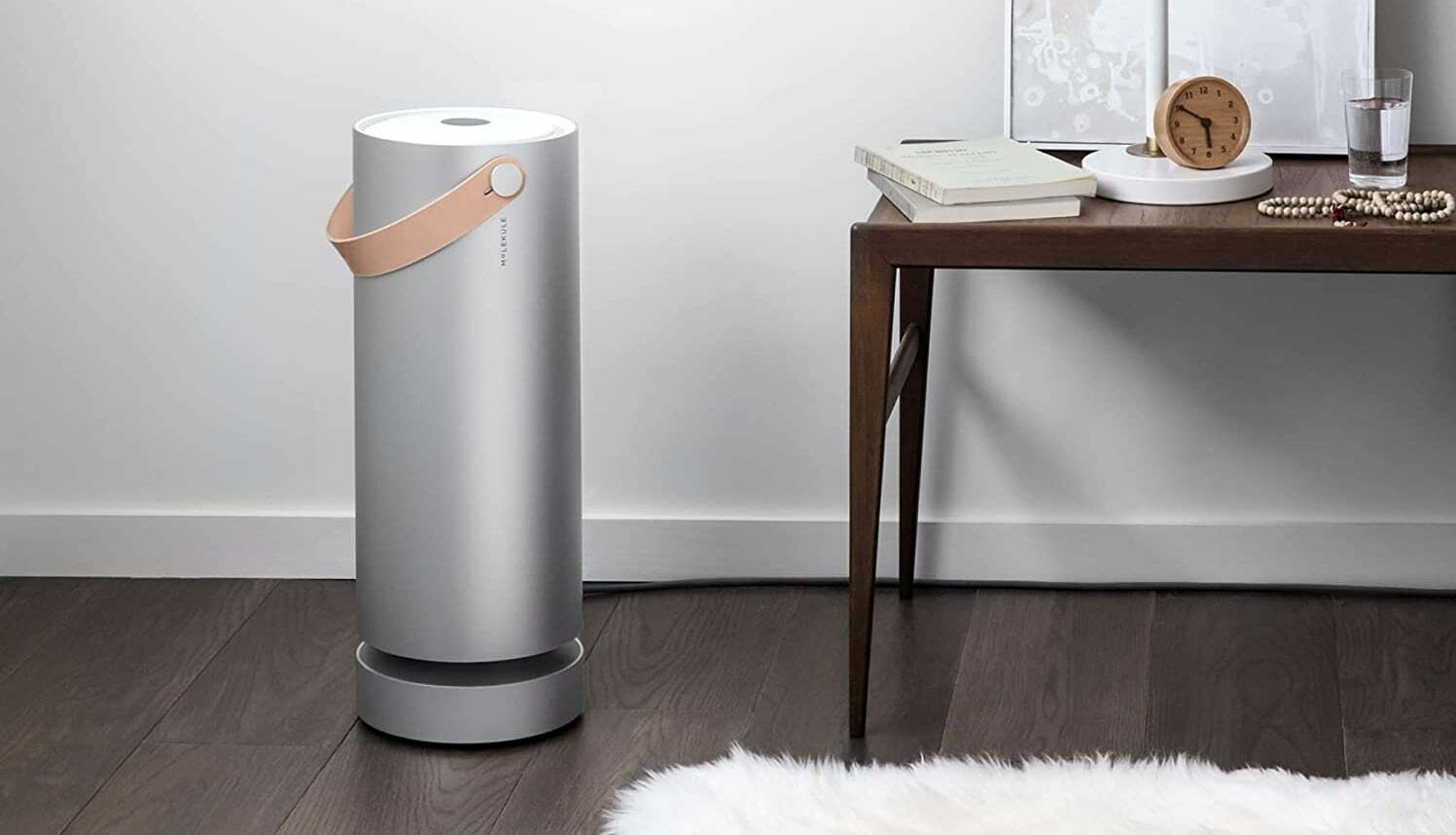
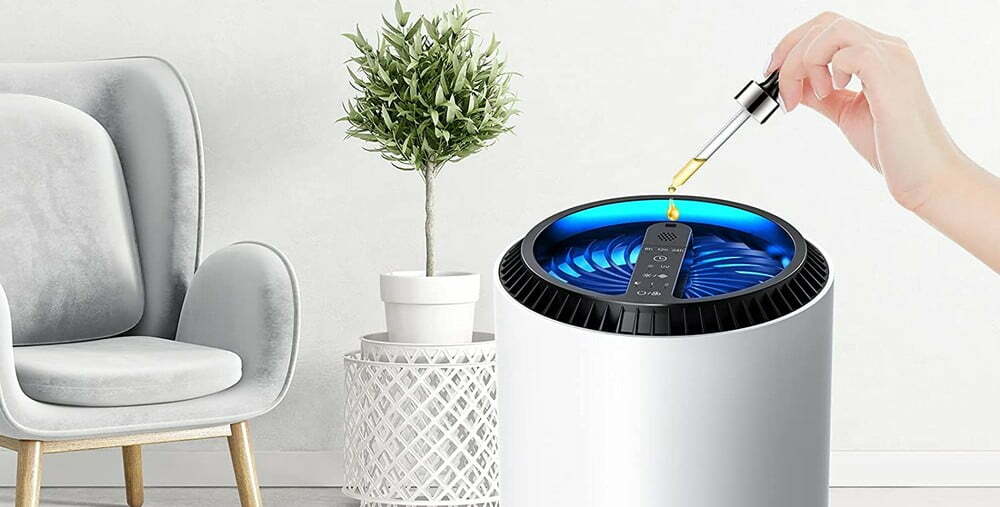
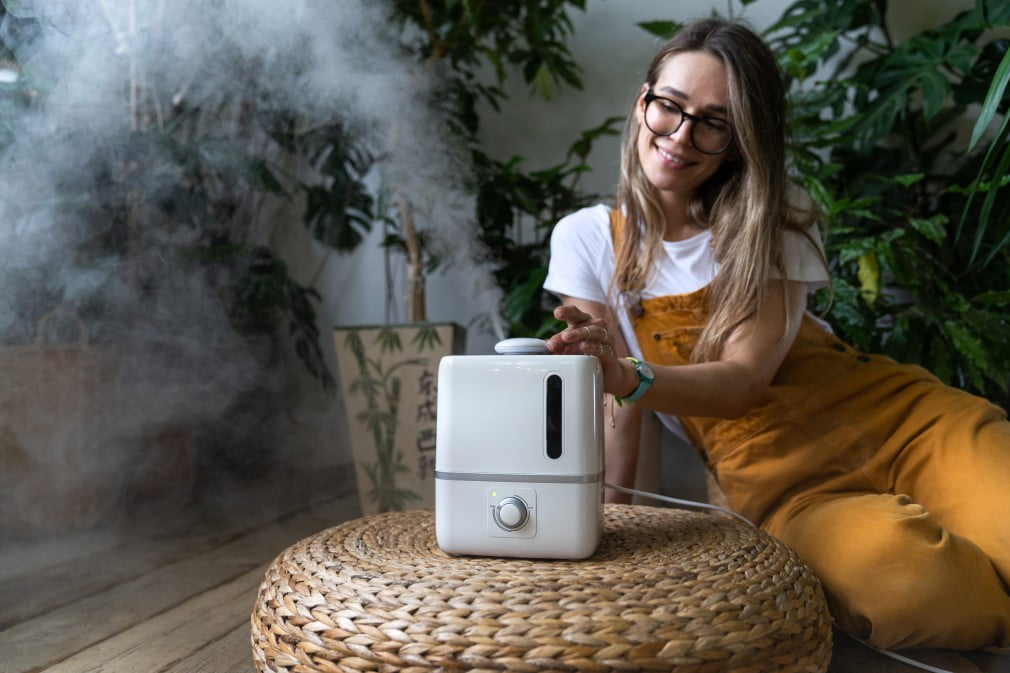
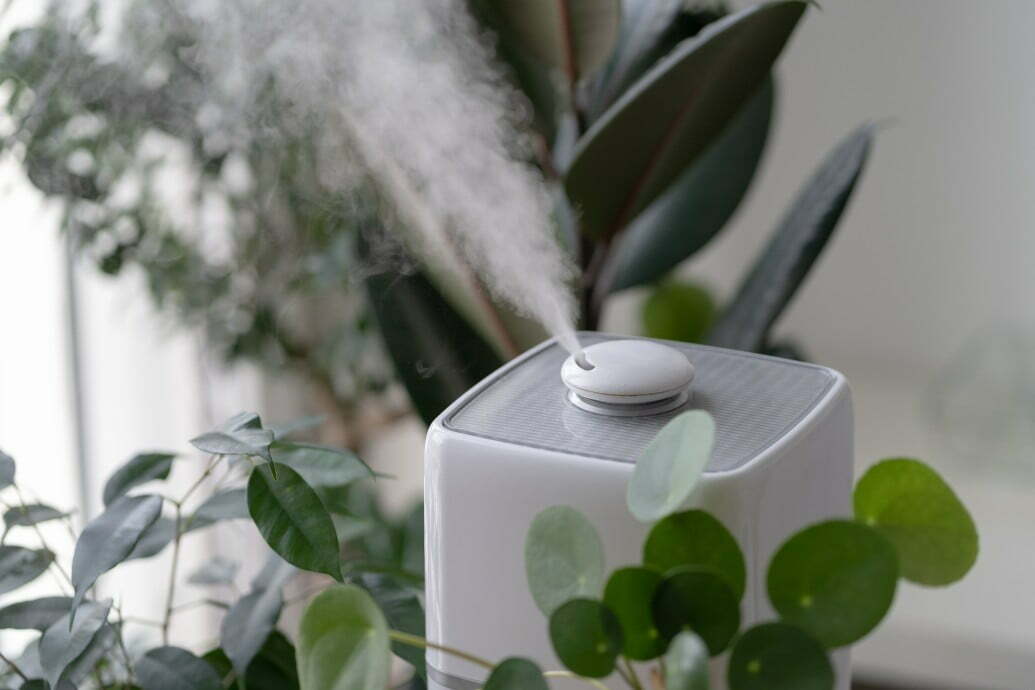

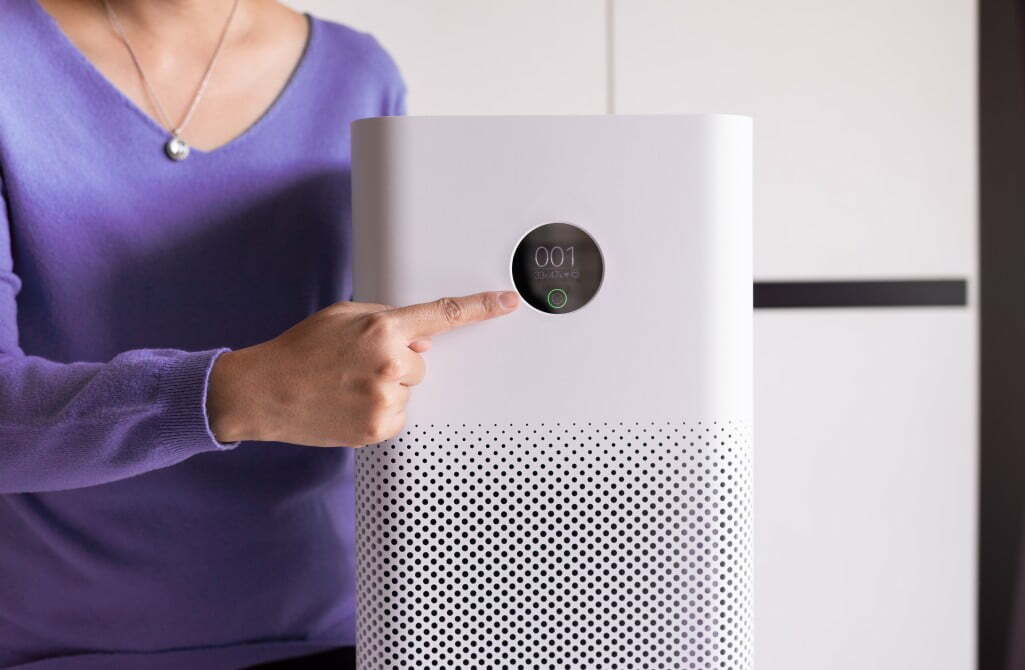
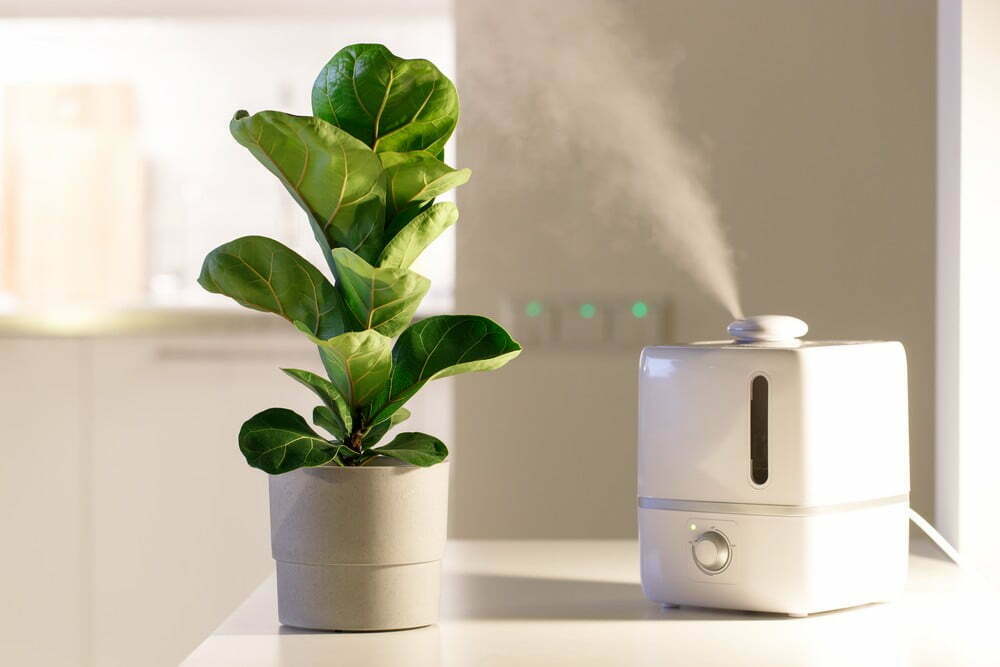

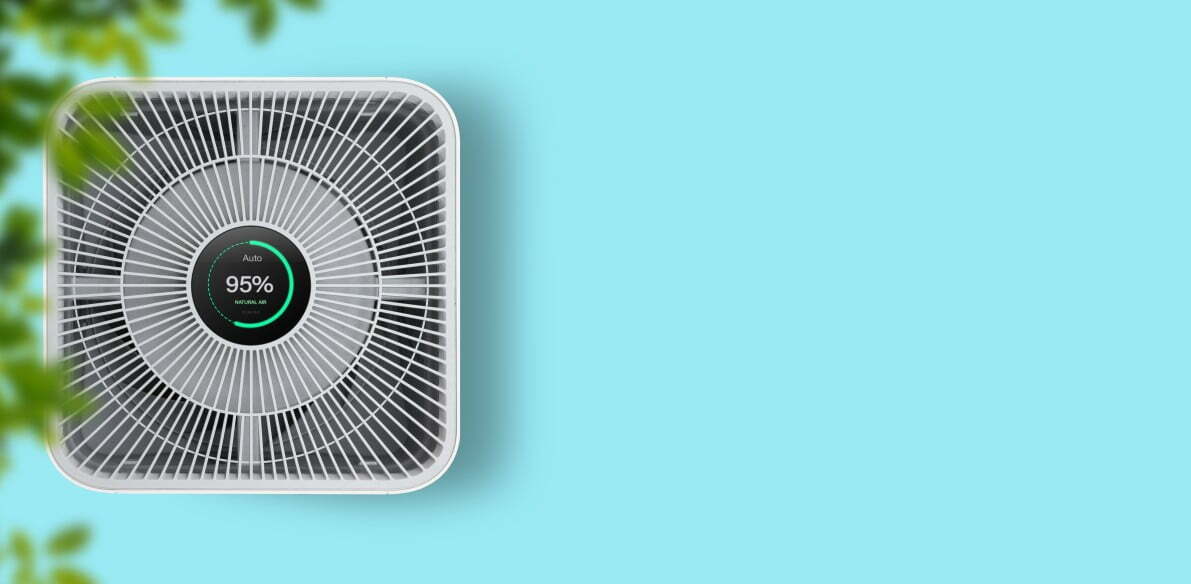
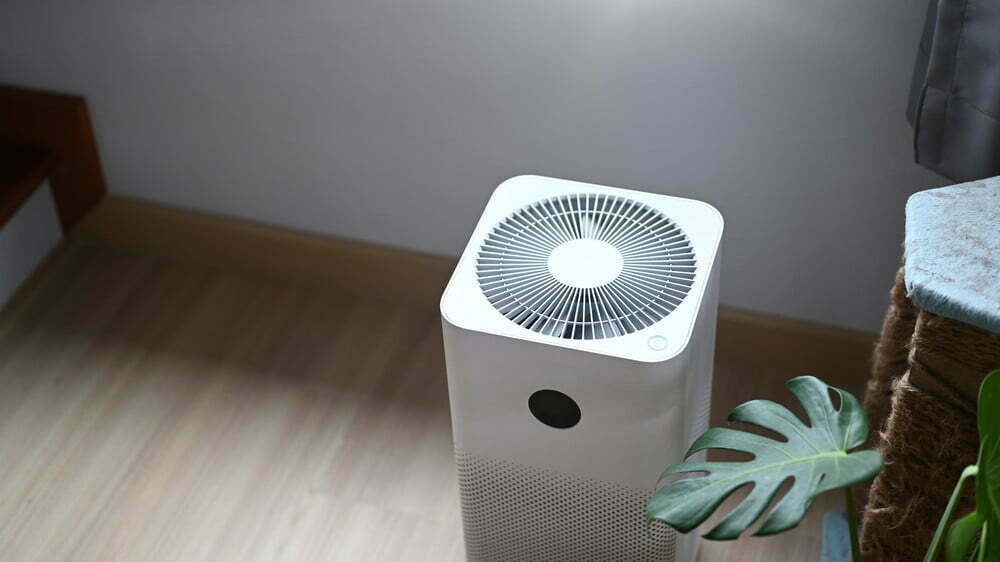
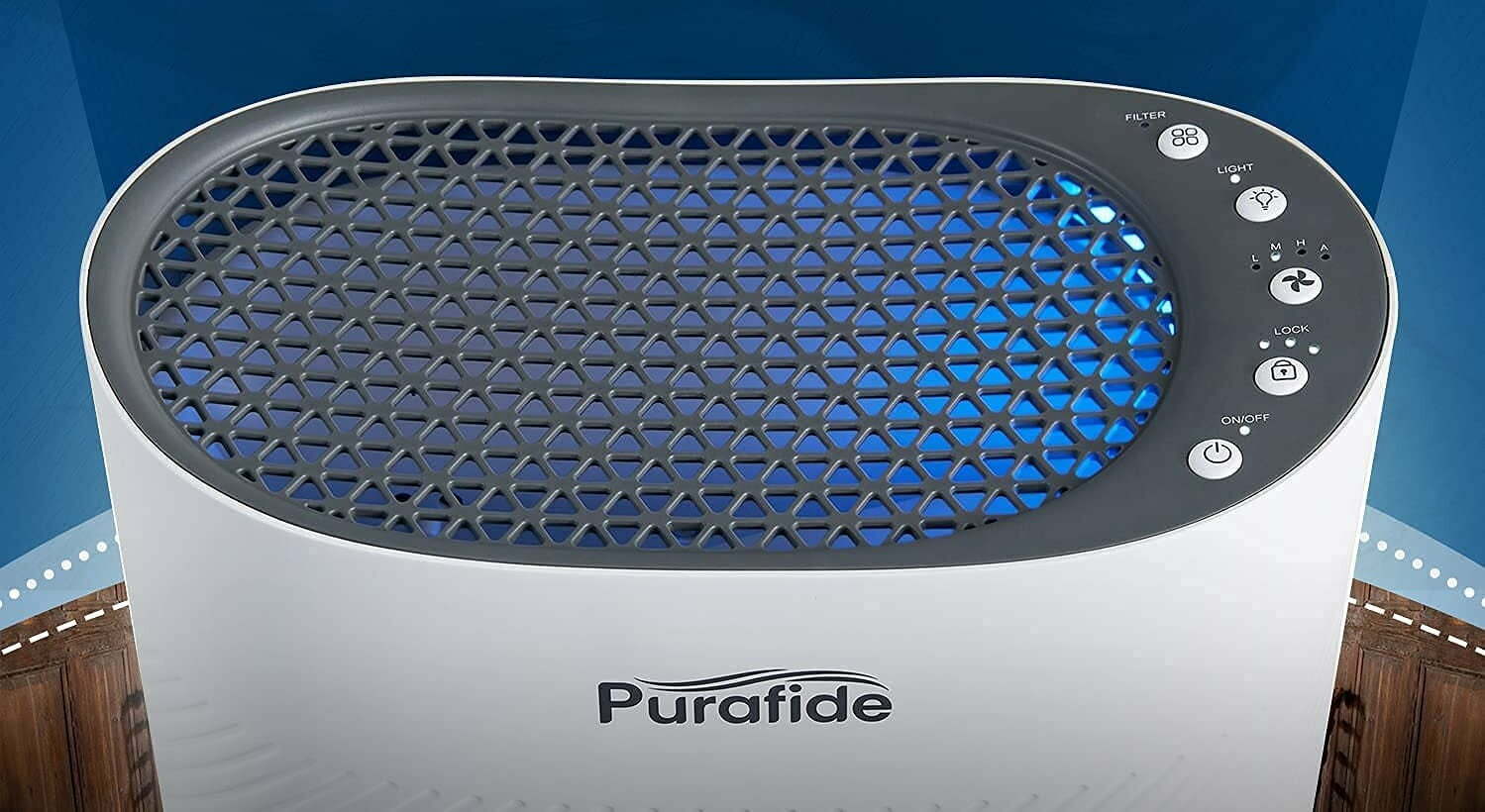
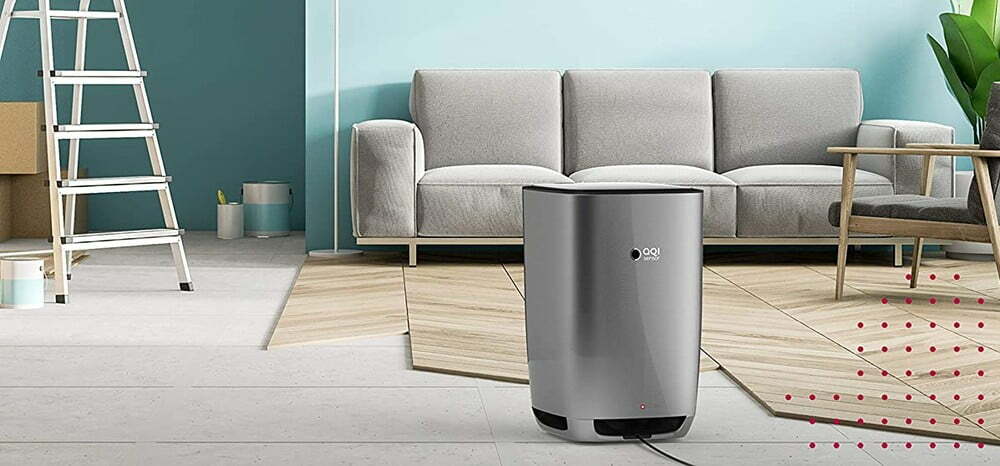
![Best Air Purifiers for VOCs and Formaldehyde in [year] 27 Best Air Purifiers for VOCs and Formaldehyde in 2025](https://www.gadgetreview.dev/wp-content/uploads/best-air-purifier-for-vocs-and-formaldehyde-image.jpg)
![Best Air Purifier in [year] ([month] Reviews) 28 Best Air Purifier in 2025 (December Reviews)](https://www.gadgetreview.dev/wp-content/uploads/Honeywell-True-HEPA-Allergen-Remover-HPA300-e1475603569442.jpg)
![Best Air Purifiers for Dust in [year] 29 Best Air Purifiers for Dust in 2025](https://www.gadgetreview.dev/wp-content/uploads/best-air-purifier-for-dust-image.jpg)
![Best Honeywell Air Purifiers in [year] 30 Best Honeywell Air Purifiers in 2025](https://www.gadgetreview.dev/wp-content/uploads/best-honeywell-air-purifier-image.jpg)
![Best Germicidal Air Purifiers in [year] 31 Best Germicidal Air Purifiers in 2025](https://www.gadgetreview.dev/wp-content/uploads/best-germicidal-air-purifier-image.jpg)
![Best Filterless Air Purifiers in [year] 32 Best Filterless Air Purifiers in 2025](https://www.gadgetreview.dev/wp-content/uploads/best-filterless-air-purifier-image.jpg)
![Best Levoit Air Purifiers in [year] 33 Best Levoit Air Purifiers in 2025](https://www.gadgetreview.dev/wp-content/uploads/best-levoit-air-purifier-image.jpg)
![Best Air Purifiers for Smoking Weed in [year] 34 Best Air Purifiers for Smoking Weed in 2025](https://www.gadgetreview.dev/wp-content/uploads/best-air-purifier-for-smoking-weed-image.jpg)
![Best Quiet Air Purifiers in [year] 35 Best Quiet Air Purifiers in 2025](https://www.gadgetreview.dev/wp-content/uploads/best-quiet-air-purifier-image.jpg)
![Best Desktop Air Purifiers in [year] 36 Best Desktop Air Purifiers in 2025](https://www.gadgetreview.dev/wp-content/uploads/best-desktop-air-purifier.jpg)
![Best Dyson Air Purifiers in [year] 37 Best Dyson Air Purifiers in 2025](https://www.gadgetreview.dev/wp-content/uploads/best-dyson-air-purifier.jpg)
![Best Air Purifiers for Dorm Room in [year] 38 Best Air Purifiers for Dorm Room in 2025](https://www.gadgetreview.dev/wp-content/uploads/air-purifier-for-dorm-room-1.jpg)
![Best Air Purifiers for Office in [year] 39 Best Air Purifiers for Office in 2025](https://www.gadgetreview.dev/wp-content/uploads/best-air-purifier-for-office.jpg)
![Best Air Purifiers for Basement in [year] 40 Best Air Purifiers for Basement in 2025](https://www.gadgetreview.dev/wp-content/uploads/best-air-purifier-for-basement.jpg)
![Best Air Purifiers For Odor in [year] 41 Best Air Purifiers For Odor in 2025](https://www.gadgetreview.dev/wp-content/uploads/best-air-purifier-odor.jpg)
![10 Best Personal Air Purifiers in [year] 42 10 Best Personal Air Purifiers in 2025](https://www.gadgetreview.dev/wp-content/uploads/best-personal-air-purifiers.jpg)
![10 Best Plug In Air Purifiers in [year] 43 10 Best Plug In Air Purifiers in 2025](https://www.gadgetreview.dev/wp-content/uploads/best-plug-in-air-purifier-image.jpg)
![10 Best Whole House Air Purifiers in [year] 44 10 Best Whole House Air Purifiers in 2025](https://www.gadgetreview.dev/wp-content/uploads/best-whole-house-air-purifier-image.jpg)
![10 Best Large Room Air Purifiers in [year] 45 10 Best Large Room Air Purifiers in 2025](https://www.gadgetreview.dev/wp-content/uploads/Coway-Airmega-200M-Large-Room-Air-Purifier-900x900-1.png)
![10 Best UV Air Purifiers in [year] 46 10 Best UV Air Purifiers in 2025](https://www.gadgetreview.dev/wp-content/uploads/best-uv-air-purifier.jpg)
